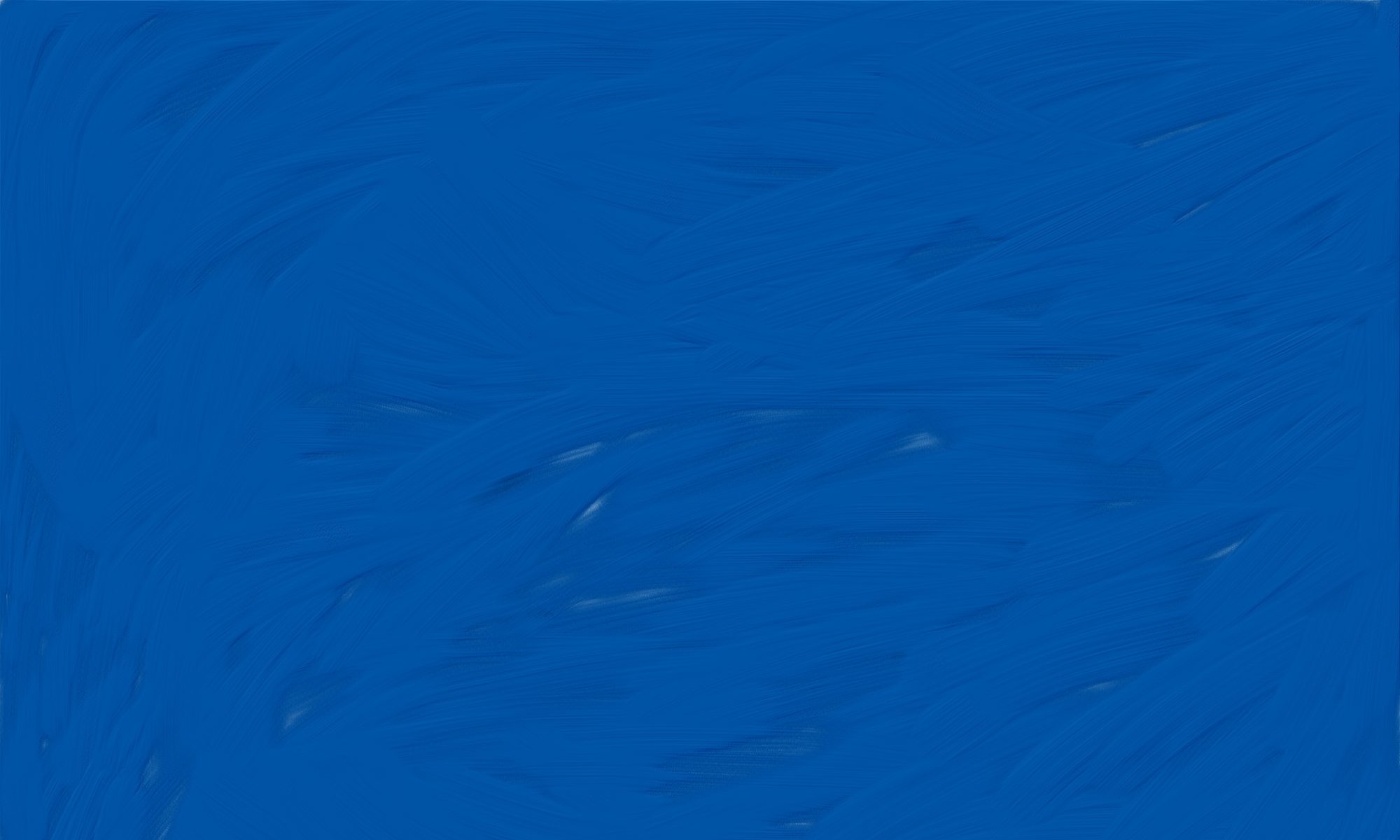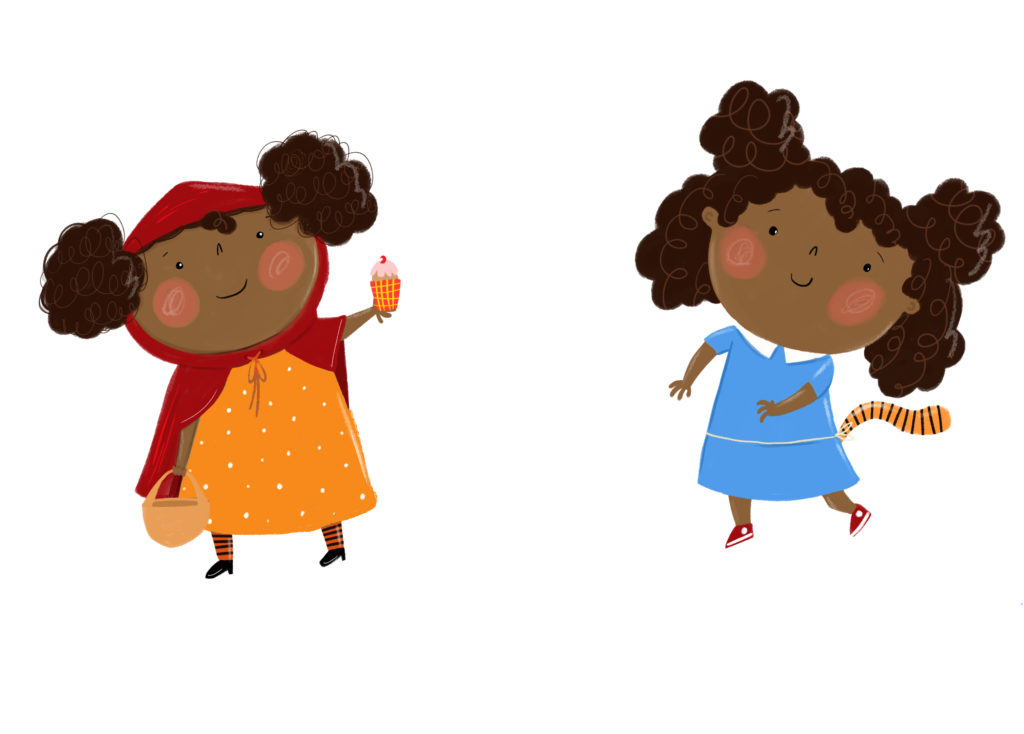Although there is no specific classification for ‘Chinese Narrative Illustration’ in Chinese culture, it is referred to as such when discussed in an academic and historic setting.
It’s important to note the differences between narrative illustration and Chinese narrative illustration here; not because of brush technique or painting styles, but as layout, presentation and formulaic considerations. Narrative symbolism exists in every culture, sometimes this is overt and sometimes it requires a deeper prior knowledge of issues that are indigenous within a particular group of people.
In 1998, Murray argued that this type of art can be identified by story, function and presentation. She describes story as “…the presentation of one or more events that occur in a sequence of time and bring about a change in the condition of a specific character,” and adds that the function of narrative illustration is to record, affirm, inform, instruct, indoctrinate, proselytize, propagandize or entertain the viewer. She continues that the presentation of the image has an effect on the overall interpretation of the illustration. Compositional structure can be as simple as one monoscenic composition within a structural frame but is more commonly a single picture depicting multiple moments in one story, a synoptic view within a unified space. It’s perhaps a crude comparison but it’s difficult not to make comparisons to the infographic that has become increasingly popular of late, even down to the scroll format.
My interests lie in how a story unfolds when it is told in this way. This works particularly well for me as a storyteller keen to explore visual narrative. To push the viewer into perhaps branching off or being able to visualise more stories, or threads of backstory, through what is essentially just one page within a book, or a poster, homeware or furnishings around them.
The meeting of the different elements within a story and how they work together in one illustration is what I need to pin down. I’ve looked at the work of others in this area and some noteworthy artists that conform to the definition made by Murray (1998) for my own research are below. I’ve found that the majority of art I’ve been researching with these characteristics is classed as surrealist. The forms within the unified space have been deformed and morph in and out of each other, often turning head-space into landscapes or animals into treetops, all forming part of a metaphor that serves to guide us through a narrative.

This work by Julia Iredale is a surrealist piece that I would argue conforms to the constructs of Chinese narrative illustration in some way. There is opportunity for a synoptic view if recurring characters and action were added to the village behind. I think this is a very powerful image with the opportunity for a strong narrative with multiple interpretations.



MURRAY, J.K. (1998) ‘What Is ‘Chinese Narrative Illustration’?’The Art Bulletin. 80 (4) p. 602–615.



